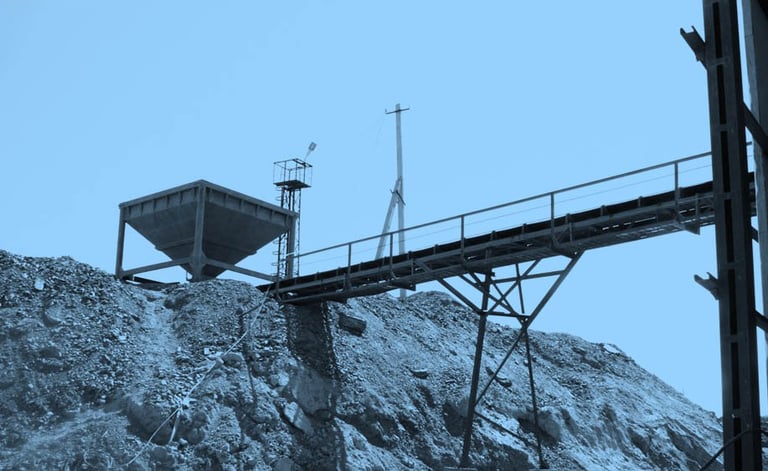Vanadium has long been the quiet achiever of the periodic table, known to metallurgists and engineers. That tide is turning. What was once considered a secondary metal for strengthening steel has emerged as a central player in the world’s energy transformation. Governments across the globe, from Australia to the United States and Europe, have now classified it as a critical mineral, a signal that its strategic importance has moved beyond traditional industrial uses.
For decades, vanadium’s role was confined largely to high-strength steels used in pipelines, jet engines, and reinforced infrastructure. Yet, as the world pivots towards a decarbonised future, its unique electrochemical properties are attracting new attention. The metal’s ability to store and release energy efficiently makes it indispensable for advanced battery systems that support renewable grids.
The near-term opportunity lies in vanadium flow batteries (VFBs), a technology increasingly seen as a credible complement to lithium-ion systems. These batteries, built around liquid electrolytes containing vanadium ions, offer advantages that are particularly well suited to renewable integration. Unlike lithium-based cells, which degrade over time and face resource constraints, VFBs are designed for endurance rather than intensity. Their deployment could underpin the long-duration storage solutions essential for balancing solar and wind generation.
Ferro-Alloy Resources Ltd (LON:FAR) is developing the giant Balasausqandiq vanadium deposit in Kyzylordinskaya oblast of southern Kazakhstan. The ore at this deposit is unlike that of nearly all other primary vanadium deposits and is capable of being treated by a much lower cost process.







































